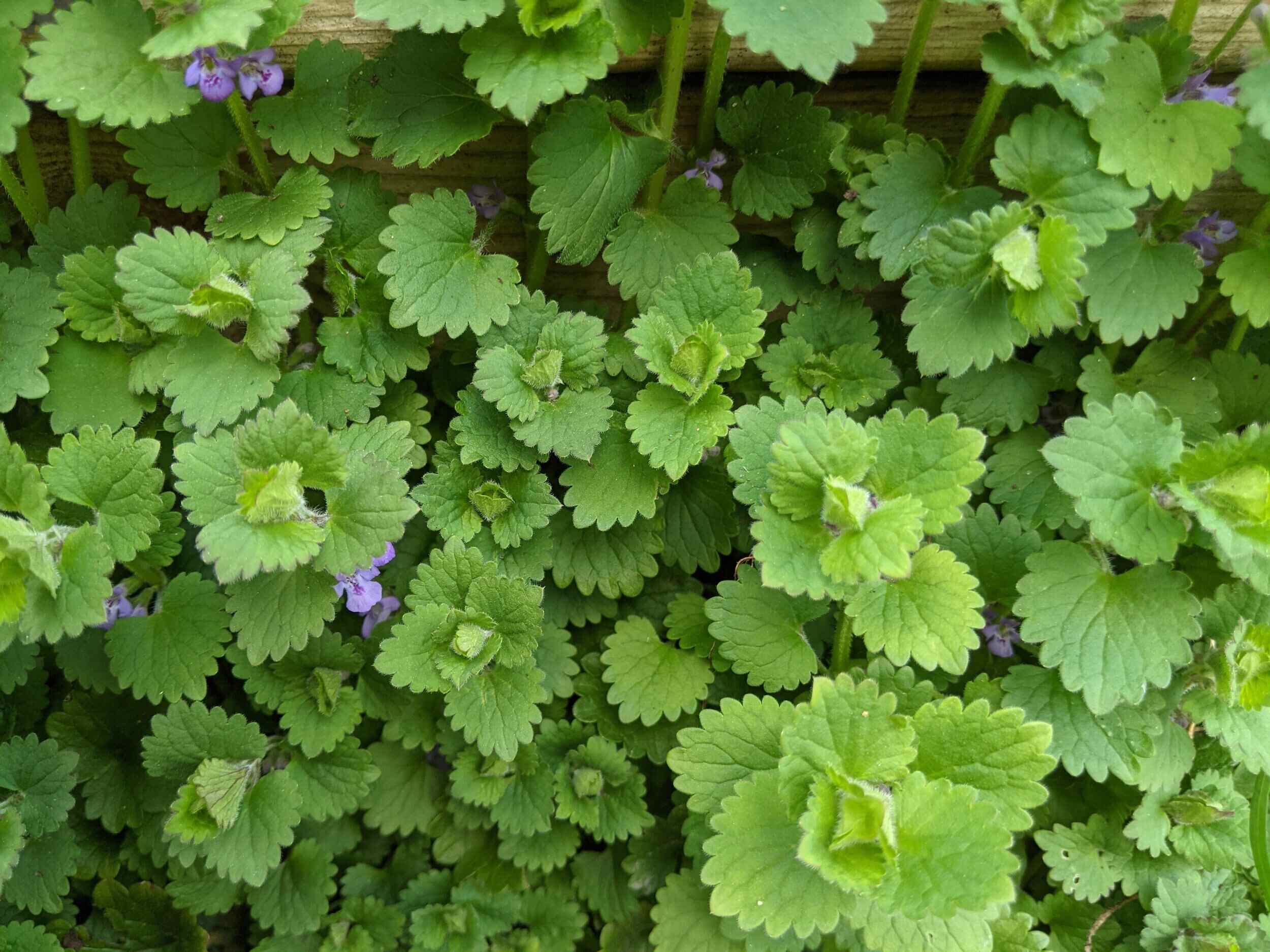
Ground ivy, also known as Glechoma hederacea, is a common plant that often pops up in gardens, lawns, and even cracks in sidewalks. But what do you really know about this persistent little green invader? Ground ivy has a rich history and some surprising uses that might make you see it in a new light. From its origins in Europe to its spread across North America, this plant has been both a nuisance and a helpful herb. Whether you're a gardener looking to control it or someone curious about its benefits, these 29 facts will give you a deeper understanding of ground ivy.
What is Ground Ivy?
Ground ivy, also known as Glechoma hederacea, is a common creeping plant found in many parts of the world. Often considered a weed, it has some surprising characteristics and uses. Let's dive into some fascinating facts about this plant.
-
Ground ivy belongs to the mint family, Lamiaceae, which includes other aromatic herbs like basil and rosemary.
-
This plant is native to Europe and Asia but has spread to North America, where it is often seen in gardens and lawns.
-
Ground ivy has been used in traditional medicine for centuries, particularly for respiratory and digestive issues.
Physical Characteristics of Ground Ivy
Understanding the physical traits of ground ivy can help identify it in the wild or in your garden.
-
The plant has round, scalloped leaves that are about 1-2 inches in diameter.
-
Ground ivy produces small, purplish-blue flowers that bloom in clusters during the spring.
-
It has a creeping growth habit, spreading through stolons that root at the nodes.
-
The stems are square-shaped, a common feature in plants from the mint family.
Ground Ivy in the Ecosystem
Ground ivy plays a role in its ecosystem, affecting both plants and animals around it.
-
It can form dense mats that outcompete other plants for sunlight and nutrients.
-
Ground ivy provides ground cover that can help prevent soil erosion.
-
Bees and other pollinators are attracted to its flowers, making it beneficial for pollinator populations.
Uses of Ground Ivy
Despite being labeled a weed, ground ivy has several practical uses.
-
Historically, it was used in brewing beer before hops became the standard ingredient.
-
Ground ivy can be used as a ground cover in gardens to suppress other weeds.
-
The leaves are edible and can be used in salads or as a garnish.
-
It has been used in folk medicine to treat ailments like coughs, colds, and kidney stones.
Challenges with Ground Ivy
While it has its benefits, ground ivy can also pose challenges, especially for gardeners.
-
It is highly invasive and can quickly take over lawns and gardens if not controlled.
-
Ground ivy is resistant to many common herbicides, making it difficult to eradicate.
-
Its dense growth can smother other plants, reducing biodiversity in the area.
Interesting Facts About Ground Ivy
Here are some lesser-known facts that might surprise you.
-
Ground ivy emits a strong, minty odor when crushed, which can be quite pleasant.
-
It has been used as a natural dye for fabrics, producing a yellow-green color.
-
The plant is sometimes called "creeping Charlie" in North America.
-
Ground ivy can tolerate a wide range of soil types, from clay to sandy soils.
-
It prefers shady, moist environments but can also thrive in full sun.
Ground Ivy in Culture and History
Ground ivy has made its mark not just in nature but also in human culture and history.
-
In medieval Europe, it was known as "alehoof" because it was used in brewing ale.
-
The plant was believed to ward off evil spirits and was often planted near homes for protection.
-
Ground ivy has been mentioned in various herbal texts dating back to ancient Greece and Rome.
How to Manage Ground Ivy
If you're dealing with ground ivy in your garden, here are some tips for managing it.
-
Regular mowing can help control its spread by preventing it from flowering and seeding.
-
Hand-pulling is effective but labor-intensive; make sure to remove all roots to prevent regrowth.
-
Mulching with thick layers of organic material can suppress its growth by blocking sunlight.
-
Applying a vinegar-based solution can act as a natural herbicide, though it may require multiple applications.
Ground ivy is a plant with a rich history and a variety of uses, but it also presents challenges for those trying to manage it. Whether you see it as a weed or a useful herb, there's no denying its fascinating nature.
Ground Ivy: A Closer Look
Ground ivy, also known as creeping Charlie, is more than just a common weed. This plant has a rich history of medicinal uses, from treating colds to aiding digestion. Its distinctive scalloped leaves and purple flowers make it easy to identify in gardens and lawns. While some see it as a nuisance, others appreciate its resilience and versatility.
Understanding ground ivy's role in the ecosystem can help gardeners manage it more effectively. Whether you choose to embrace its presence or control its spread, knowing these 29 facts gives you a deeper appreciation for this persistent plant. Ground ivy's ability to thrive in various conditions showcases nature's adaptability. Next time you spot those tiny purple blooms, you'll see them with a newfound respect.
Was this page helpful?
Our commitment to delivering trustworthy and engaging content is at the heart of what we do. Each fact on our site is contributed by real users like you, bringing a wealth of diverse insights and information. To ensure the highest standards of accuracy and reliability, our dedicated editors meticulously review each submission. This process guarantees that the facts we share are not only fascinating but also credible. Trust in our commitment to quality and authenticity as you explore and learn with us.
